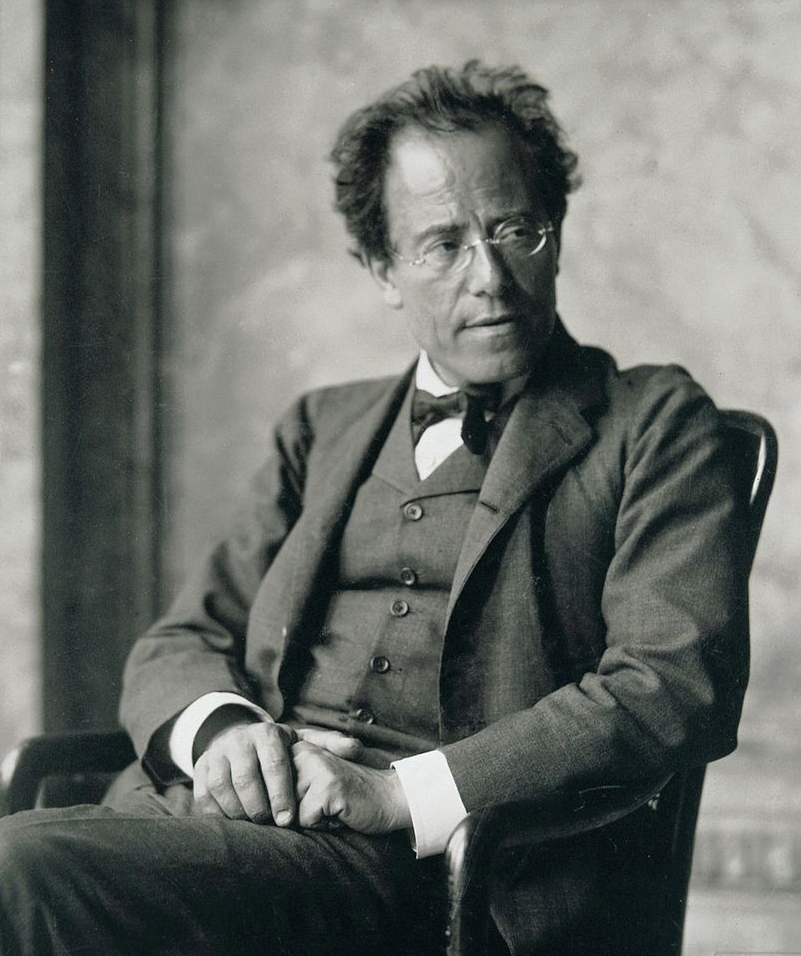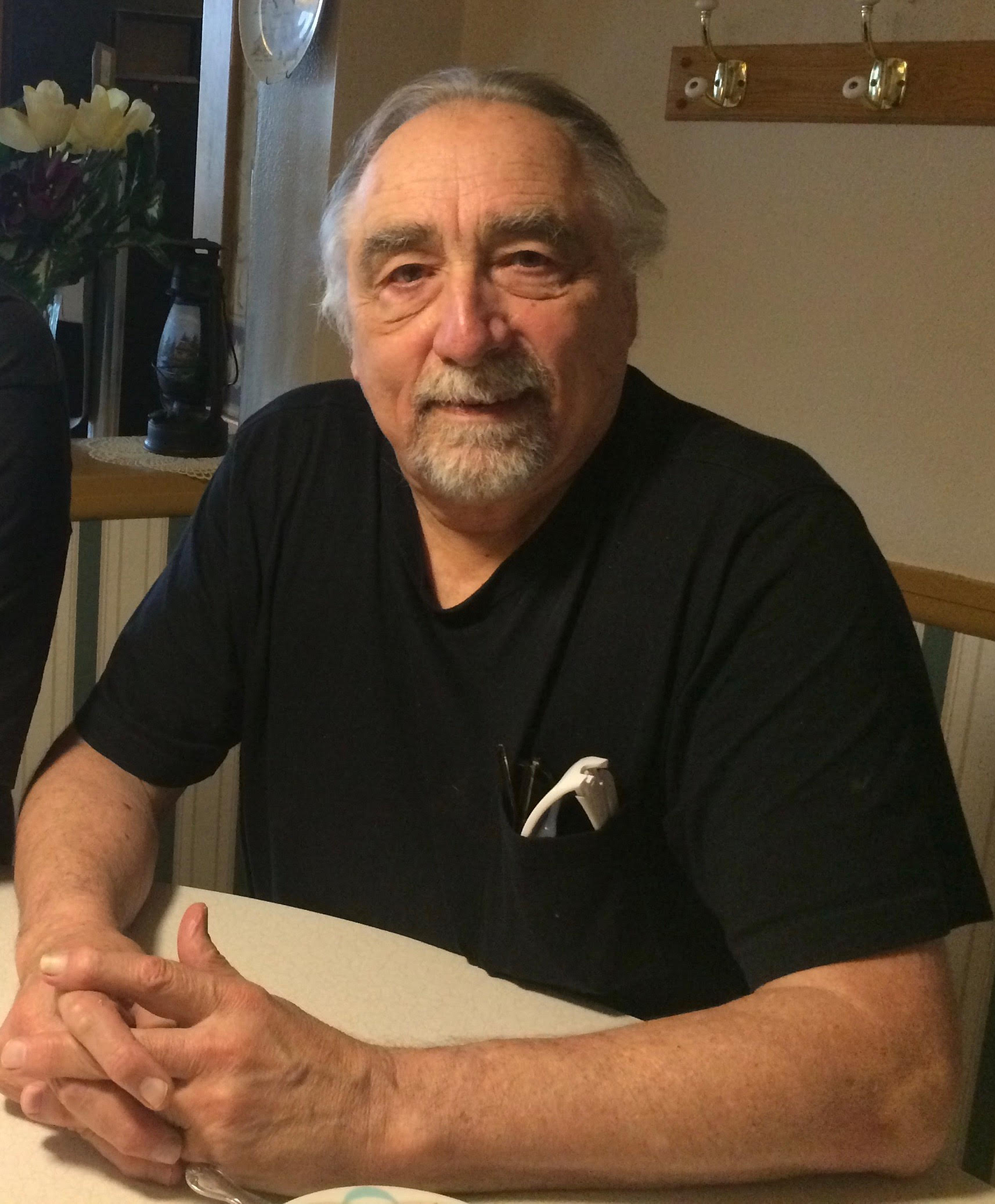|
Whispers Out Of Time
''Whispers Out of Time'' (1984) is a composition by Roger Reynolds (b. 1934) for string orchestra. He was awarded the 1989 Pulitzer Prize for Music for the piece, causing Kyle Gann to quip that it was the first time it was being given to an experimental composer since Charles Ives in 1947. It premiered on December 11, 1988, at Buckley Recital Hall, Amherst College, Massachusetts, with Harvey Sollberger conducting. #The soul is a captive #A magma of interiors #Like a wave breaking on a rock #The surprise, the tension are in the concept #A chill, a blight moving outward #The portrait's will to endure The jury selected the piece, saying: "The work is scored for string soloist and string orchestra. It is conceived on a broad scale. It is visionary, deeply felt, contemplative and singularly personal in nature." The piece is inspired by John Ashbery's extended poem, "Self-Portrait in a Convex Mirror". [...More Info...] [...Related Items...] OR: [Wikipedia] [Google] [Baidu] |
Roger Reynolds
Roger Lee Reynolds (born July 18, 1934) is a Pulitzer prize-winning American composer. He is known for his capacity to integrate diverse ideas and resources, and for the seamless blending of traditional musical sounds with those newly enabled by technology. Beyond composition, his contributions to musical life include mentorship, algorithmic design, engagement with psychoacoustics, writing books and articles, and festival organization. During his early career, Reynolds worked in Europe and Asia, returning to the US in 1969 to accept an appointment in the music department at the University of California, San Diego. His leadership there established it as a state of the art facility – in parallel with Stanford, IRCAM, and MIT – a center for composition and computer music exploration. Reynolds won early recognition with Fulbright, Guggenheim, National Endowment for the Arts, and National Institute of Arts and Letters awards. In 1989, he was awarded the Pulitzer Prize for a str ... [...More Info...] [...Related Items...] OR: [Wikipedia] [Google] [Baidu] |
John Ashbery
John Lawrence Ashbery (July 28, 1927 – September 3, 2017) was an American poet and art critic. Ashbery is considered the most influential American poet of his time. Oxford University literary critic John Bayley wrote that Ashbery "sounded, in poetry, the standard tones of the age." Langdon Hammer, chair of the English Department at Yale University, wrote in 2008, "No figure looms so large in American poetry over the past 50 years as John Ashbery" and "No American poet has had a larger, more diverse vocabulary, not Whitman, not Pound." Stephanie Burt, a poet and Harvard professor of English, has compared Ashbery to T. S. Eliot, calling Ashbery "the last figure whom half the English-language poets alive thought a great model, and the other half thought incomprehensible". Ashbery published more than 20 volumes of poetry and won nearly every major American award for poetry, including a Pulitzer Prize in 1976 for his collection ''Self-Portrait in a Convex Mirror''. Renowned for it ... [...More Info...] [...Related Items...] OR: [Wikipedia] [Google] [Baidu] |
1988 Compositions
File:1988 Events Collage.png, From left, clockwise: The oil platform Piper Alpha explodes and collapses in the North Sea, killing 165 workers; The USS Vincennes (CG-49) mistakenly shoots down Iran Air Flight 655; Australia celebrates its Bicentennial on January 26; The 1988 Summer Olympics are held in Seoul, South Korea; Soviet troops begin their withdrawal from Afghanistan, which is completed the next year; The 1988 Armenian earthquake kills between 25,000-50,000 people; The 8888 Uprising in Myanmar, led by students, protests the Burma Socialist Programme Party; A bomb explodes on Pan Am Flight 103, causing the plane to crash down on the town of Lockerbie, Scotland- the event kills 270 people., 300x300px, thumb rect 0 0 200 200 Piper Alpha rect 200 0 400 200 Iran Air Flight 655 rect 400 0 600 200 Australian Bicentenary rect 0 200 300 400 Pan Am Flight 103 rect 300 200 600 400 1988 Summer Olympics rect 0 400 200 600 8888 Uprising rect 200 400 400 600 1988 Armenian eart ... [...More Info...] [...Related Items...] OR: [Wikipedia] [Google] [Baidu] |
Symphony No
A symphony is an extended musical composition in Western classical music, most often for orchestra. Although the term has had many meanings from its origins in the ancient Greek era, by the late 18th century the word had taken on the meaning common today: a work usually consisting of multiple distinct sections or movements, often four, with the first movement in sonata form. Symphonies are almost always scored for an orchestra consisting of a string section (violin, viola, cello, and double bass), brass, woodwind, and percussion instruments which altogether number about 30 to 100 musicians. Symphonies are notated in a musical score, which contains all the instrument parts. Orchestral musicians play from parts which contain just the notated music for their own instrument. Some symphonies also contain vocal parts (e.g., Beethoven's Ninth Symphony). Etymology and origins The word ''symphony'' is derived from the Greek word (), meaning "agreement or concord of sound", "c ... [...More Info...] [...Related Items...] OR: [Wikipedia] [Google] [Baidu] |
Gustav Mahler
Gustav Mahler (; 7 July 1860 – 18 May 1911) was an Austro-Bohemian Romantic composer, and one of the leading conductors of his generation. As a composer he acted as a bridge between the 19th-century Austro-German tradition and the modernism of the early 20th century. While in his lifetime his status as a conductor was established beyond question, his own music gained wide popularity only after periods of relative neglect, which included a ban on its performance in much of Europe during the Nazi era. After 1945 his compositions were rediscovered by a new generation of listeners; Mahler then became one of the most frequently performed and recorded of all composers, a position he has sustained into the 21st century. Born in Kingdom of Bohemia, Bohemia (then part of the Austrian Empire) to Ashkenazi Jews, Jewish parents of humble origins, the German-speaking Mahler displayed his musical gifts at an early age. After graduating from the University of Music and Performing Arts, Vien ... [...More Info...] [...Related Items...] OR: [Wikipedia] [Google] [Baidu] |
Piano Sonata No
The piano is a stringed keyboard instrument in which the strings are struck by wooden hammers that are coated with a softer material (modern hammers are covered with dense wool felt; some early pianos used leather). It is played using a keyboard, which is a row of keys (small levers) that the performer presses down or strikes with the fingers and thumbs of both hands to cause the hammers to strike the strings. It was invented in Italy by Bartolomeo Cristofori around the year 1700. Description The word "piano" is a shortened form of ''pianoforte'', the Italian term for the early 1700s versions of the instrument, which in turn derives from ''clavicembalo col piano e forte'' (key cimbalom with quiet and loud)Pollens (1995, 238) and '' fortepiano''. The Italian musical terms ''piano'' and ''forte'' indicate "soft" and "loud" respectively, in this context referring to the variations in volume (i.e., loudness) produced in response to a pianist's touch or pressure on the keys: the ... [...More Info...] [...Related Items...] OR: [Wikipedia] [Google] [Baidu] |
Ludwig Van Beethoven
Ludwig van Beethoven (baptised 17 December 177026 March 1827) was a German composer and pianist. Beethoven remains one of the most admired composers in the history of Western music; his works rank amongst the most performed of the classical music repertoire and span the transition from the Classical period to the Romantic era in classical music. His career has conventionally been divided into early, middle, and late periods. His early period, during which he forged his craft, is typically considered to have lasted until 1802. From 1802 to around 1812, his middle period showed an individual development from the styles of Joseph Haydn and Wolfgang Amadeus Mozart, and is sometimes characterized as heroic. During this time, he began to grow increasingly deaf. In his late period, from 1812 to 1827, he extended his innovations in musical form and expression. Beethoven was born in Bonn. His musical talent was obvious at an early age. He was initially harshly and intensively t ... [...More Info...] [...Related Items...] OR: [Wikipedia] [Google] [Baidu] |
Self-portrait In A Convex Mirror
''Self-portrait in a Convex Mirror'' (c. 1524) is a painting by the Italian late Renaissance artist Parmigianino. It is housed in the Kunsthistorisches Museum, Vienna, Austria. History The work is mentioned by Late Renaissance art biographer Giorgio Vasari, who lists it as one of three small-size paintings that the artist brought to Rome with him in 1525. Vasari relays that the self-portrait was created by Parmigianino as an example to showcase his talent to potential customers. The portrait was donated to pope Clement VII, and later to writer Pietro Aretino, in whose house Vasari himself, then still a child, saw it. It was later acquired by Vicentine sculptor Valerio Belli and, after his death in 1546, by his son Elio. Through the intercession of Andrea Palladio, in 1560 the work went to Venetian sculptor Alessandro Vittoria, who bequeathed it to emperor Rudolf II, Holy Roman Emperor, Rudolf II. It arrived in Prague in 1608, and later it became part of the Habsburg imperial col ... [...More Info...] [...Related Items...] OR: [Wikipedia] [Google] [Baidu] |
Self-portrait In A Convex Mirror (book)
''Self-Portrait in a Convex Mirror'' is a 1975 poetry collection by the American writer John Ashbery. The title, shared with its final poem, comes from the painting of the same name by the Late Renaissance artist Parmigianino. The book won the Pulitzer Prize, the National Book Award, and the National Book Critics Circle Award, the only book to have received all three awards. Published when he was approaching the age of 50, ''Self-Portrait in a Convex Mirror'' was a major breakthrough after a career marked by relative obscurity, and either lukewarm or outright hostile reviews. Background Ashbery developed an early, idiosyncratic, avant-garde poetic style that attracted little critical notice—and the few reviews he did receive were usually negative. His first collection, ''Some Trees''(1956), was chosen by W. H. Auden as the winner of that year's Yale Series of Younger Poets Competition. Despite this, evidence suggests that Auden—whom Ashbery frequently described as ... [...More Info...] [...Related Items...] OR: [Wikipedia] [Google] [Baidu] |
Solo (music)
In music, a solo (from the Spanish and Italian based-word: ''Solo'', meaning ''alone'' or ''by yourself'') is a piece or a section of a piece played or sung featuring a single performer, who may be performing completely alone or supported by an accompanying instrument such as a piano or organ, a continuo group (in Baroque music), or the rest of a choir, orchestra, band, or other ensemble. Performing a solo is "to solo", and the performer is known as a ''soloist''. The plural is soli or the anglicised form solos. In some contexts these are interchangeable, but ''soli'' tends to be restricted to classical music, and mostly either the solo performers or the solo passages in a single piece. Furthermore, the word ''soli'' can be used to refer to a small number of simultaneous parts assigned to single players in an orchestral composition. In the Baroque concerto grosso, the term for such a group of soloists was '' concertino''. An instrumental solo is often used in popular music duri ... [...More Info...] [...Related Items...] OR: [Wikipedia] [Google] [Baidu] |
String Orchestra
A string orchestra is an orchestra consisting solely of a string section made up of the bowed strings used in Western Classical music. The instruments of such an orchestra are most often the following: the violin, which is divided into first and second violin players (each usually playing different parts), the viola, the cello, and usually, but not always, the double bass. String orchestras can be of chamber orchestra size ranging from between 12 (4 first violins, 3 second violins, 2 violas, 2 cellos and 1 bass = 12) and 21 musicians (6 first violins, 5 second violins, 4 violas, 4 cellos and 2 double basses= 21) sometimes performing without a conductor. It could also consist of the entire string section of a large symphony orchestra which could have 60 musicians (16 first violins, 14 second violins, 12 violas, 10 cellos and 8 double basses = 60; '' Gurre-Lieder'' calls for 84: 20.20.16.16.12). Repertoire The repertoire includes several works by Mozart (including '' Eine klei ... [...More Info...] [...Related Items...] OR: [Wikipedia] [Google] [Baidu] |
Harvey Sollberger
Harvey Sollberger (born May 11, 1938 in Cedar Rapids, Iowa) is an American composer, flutist, and conductor specializing in contemporary classical music. Life Sollberger holds an M.A. degree from Columbia University, where his composition instructors included Jack Beeson and Otto Luening. In 1962 he co-founded (with Charles Wuorinen) The Group for Contemporary Music in New York City, which he directed for 27 years. He is emeritus professor of music at the University of California, San Diego. He taught at Columbia University, the Manhattan School of Music, and Indiana University. From 1997 to 2005 he served as Music Director of the La Jolla Symphony and Chorus. His music has been released on Composers Recordings, Inc. He currently lives in Strawberry Point, Iowa. Awards * 1969 Guggenheim Fellowship * Fromm commission * Koussevitzky commission * Naumberg Foundations commission * National Endowment for the Arts The National Endowment for the Arts (NEA) is an independent ag ... [...More Info...] [...Related Items...] OR: [Wikipedia] [Google] [Baidu] |
.jpg)





